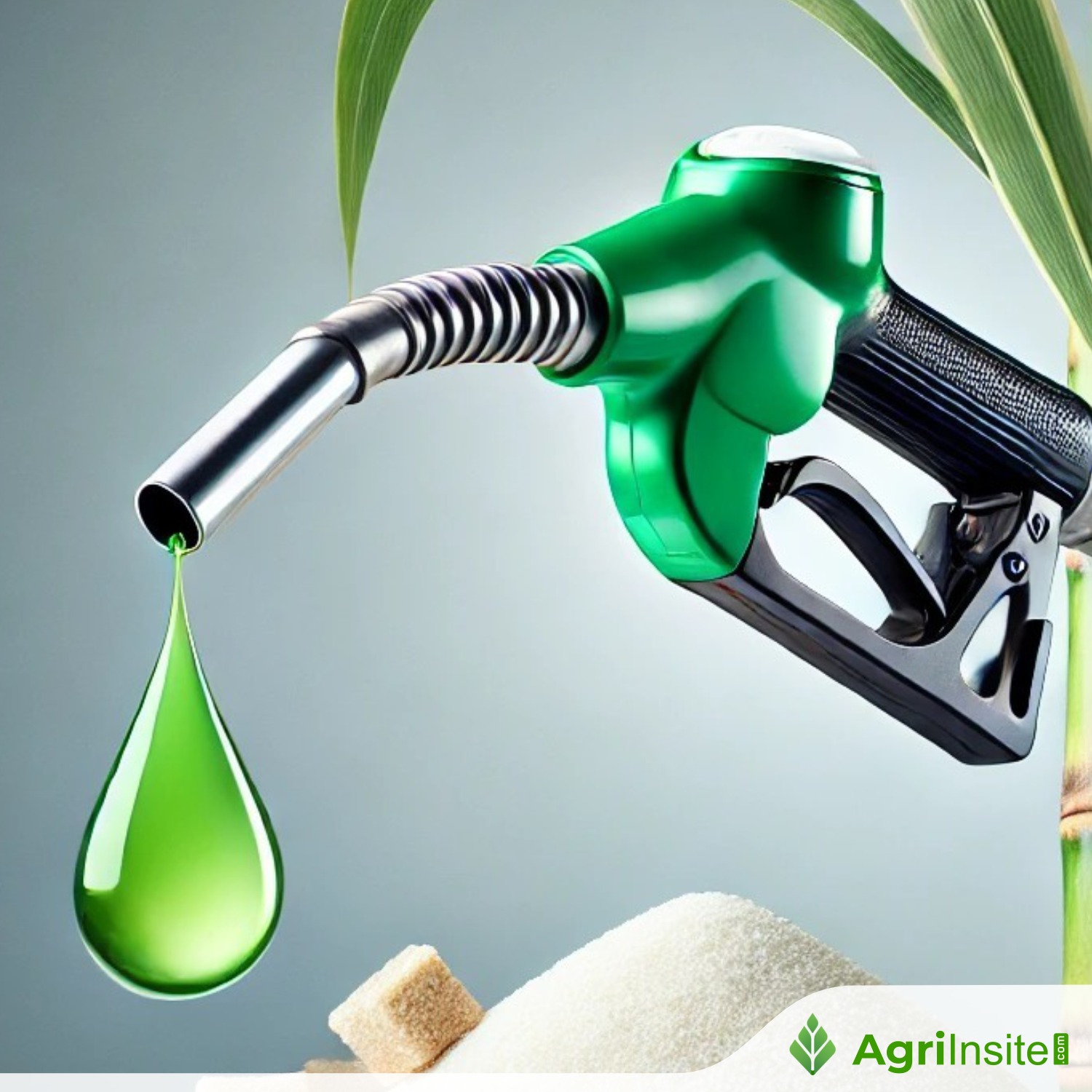Ethanol blending saved foreign exchange worth Rs 1.08 trillion since 2014

India’s ethanol blending program has achieved 15% ethanol in petrol, saving ₹1.08 trillion in foreign exchange and reducing carbon emissions by 55.7 million metric tonnes since 2014. Crude oil substitution reached 18.5 million tonnes. Payments to farmers totaled ₹92,409 crore, with projections of ₹35,000 crore annually at 20% blending by ESY 2025-26. E20 petrol is available at over 15,600 outlets, and E100 fuel, launched with high efficiency, supports high-performance engines. Payments to distillers exceeded ₹1.45 trillion since 2014.
India’s ethanol blending program has saved Rs 1.08 trillion in foreign exchange since 2014, data submitted by the Petroleum Ministry to Parliament showed on Thursday. Similarly, carbon emissions have been lowered by 55.7 million metric tonnes over the past decade, and crude oil substitution has reached 18.5 million tonnes.
The figures are up to end-September and show that the government has achieved 15 per cent ethanol blending in all petrol sold nationally. It aims to raise this to 20 per cent by Ethanol Supply Year (ESY) 2025-26. In 2014, ethanol-blended petrol was sold at 27,900 retail outlets of public sector oil marketing companies, which has now increased to all retail outlets across the country in 2024.
The cumulative amount paid to farmers amounted to Rs 92,409 crore, according to the latest data. It is anticipated that 20 per cent ethanol blending in petrol will result in payments of more than Rs 35,000 crore annually to farmers. Meanwhile, the amount paid to distillers by oil marketing companies since 2014 has crossed Rs 1.45 trillion.
Additionally, E20 petrol (petrol blended with 20 per cent ethanol) is now available at over 15,600 outlets in the country. The government had also launched E100 fuel in March. It consists of 93-93.5 per cent ethanol blended with 5 per cent petrol and 1.5 per cent co-solvent, which acts as a binder. With its high-octane rating, typically between 100-105, E100 is being promoted by the government as ideal for high-performance engines, ensuring improved efficiency and power output.
Flex-fuel vehicles (FFVs) are designed to operate on different blends of ethanol, up to E100.
To read more about Ethanol Industry & Bio Energy News, continue reading Agriinsite.com
Source Link : Business Standard















